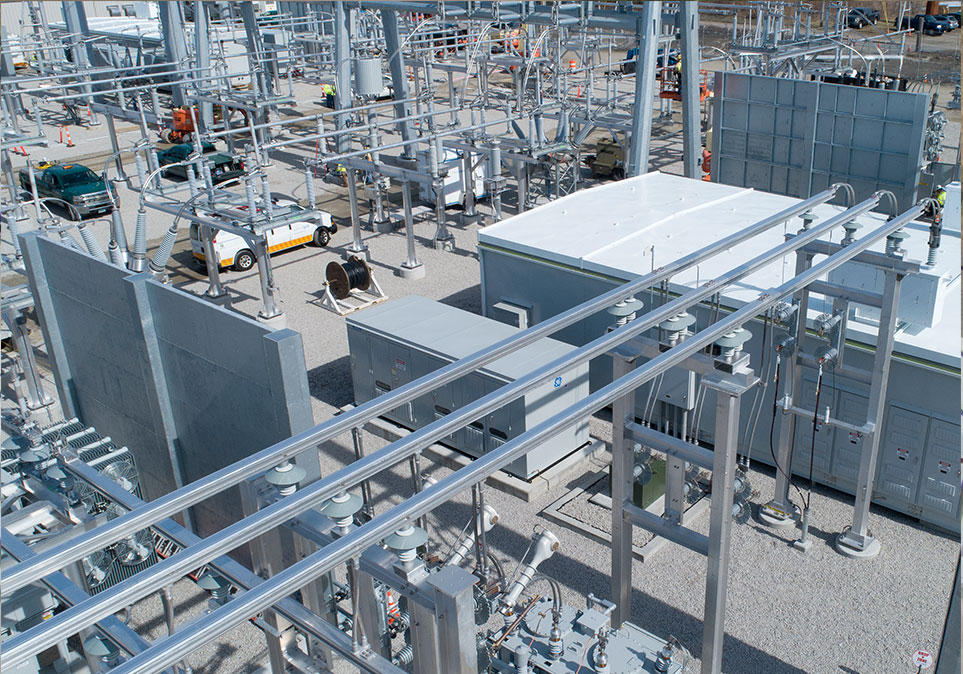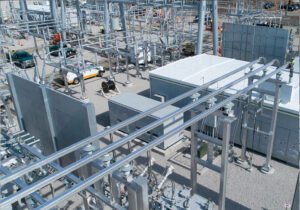Critical infrastructure protection (CIP) is the need to protect regions’ essential infrastructures, some of which include food, agriculture, transportation, and others. Governments are responsible for safeguarding these infrastructures against natural disasters, terrorist activities, and cyber threats. All essential service providers such as energy and transport companies should put in place top-not security and disaster preparedness measures. Quick response techniques and recovery solutions should be the top priority for every government vital infrastructure, which include; industrial control system (ICS), Operation Technology (OT), and Supervisory control and data acquisition (SCADA) systems.
Converging Systems
Stand-alone systems no longer have a place in modern technology that now embraces complex networks and convergence. As digital and physical systems, convergence continues to spread like a bush fire, so are the security risks involved in sharing and connecting sensitive data. Critical infrastructure organizations should use robust frameworks that can forecast and avoid disaster across their critical infrastructure network. You need a security system with quick response techniques and recovery systems should an emergency occur.
Why CIP?
CIP was born as a result of a presidential directive PDD-63 issued by Bill Clinton in May 1998. Areas of national infrastructure that were considered critical to the national and economic security of the United States required protection. Steps were taken to develop solutions, and 16 agencies were identified as critical infrastructure. They came together to create a comprehensive plan known as the National Infrastructure Assurance Plan. In 2006 the National Infrastructure Protection Plan (NIPP) was formulated. NIPP defines how the government and private sector can combine efforts to manage risks, resilience, and security issues within the critical infrastructure environment.
The 16 major sectors that were earmarked for NIPP include;
- Chemical
- Commercial facilities
- Communications
- Critical Manufacturing
- Dams
- Defense and Industrial Base
- Emergency services
- Energy
- Transformers
- Substations
- Financial services
- Food and agriculture
- Government facilities
- Healthcare and Public Health
- Information technology
- Nuclear Reactors, Material, and Waste
- Transportation systems
- Water and Wastewater systems
Why Is CIP Crucial?
The rise of cyber-attacks in America increasingly exposes your access to critical infrastructure at risk, and the results of such possible attacks could threaten global economies and entire communities. The achievement of critical infrastructure protection goals depends on concrete and meaningful collaborations between governments and commercial sectors. The quality of solutions employed to manage and implement these initiatives also mostly impacts the success levels. Incorporating high-level technologies that detect changes in the network traffic in real-time, apply granular security policies, and react to incidents in minutes is critical.
Some of the risks to consider when selecting solutions that detect and identify security risks in expected behavior include; equipment failure, human error, natural causes (extreme weather) hackers, and terrorist attacks.
Conclusion
Securing the country’s critical infrastructure requires continual teamwork between agencies and departments and constant engagement of the latest top-notch technologies and processes. It is of insurance that your infrastructure’s integrity is protected by a fast and effective CIP system that can combat emerging threats your systems are exposed to. More can be learned at https://firebarrierexperts.com/.
Sinisi Solutions
75 Main St, Manasquan, NJ 08736
732-232-2100




